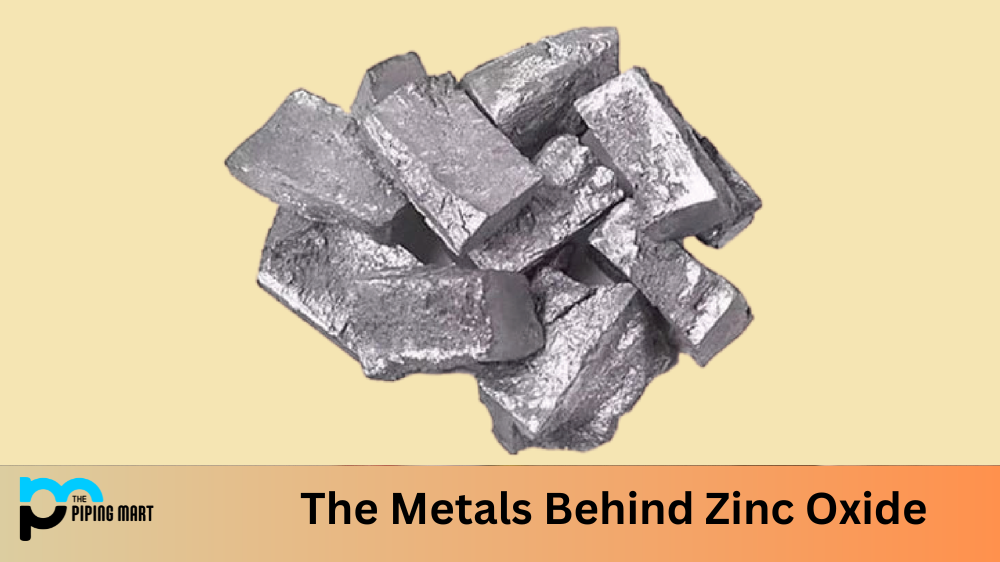Alloys and stainless steels are two of the most common types of steel used in metalworking. But while they’re similar in some ways, a few key differences set them apart. Let’s take a closer look at alloy and stainless steel to understand how they compare.
What is Alloy Steel?
Alloy steel combines elements such as carbon, nickel, chromium, manganese, vanadium, tungsten, molybdenum, or silicon to give it particular properties. By adding these elements to the base material (usually carbon), alloy steel can be stronger than regular carbon steel or provide more corrosion resistance. It also has higher wear and heat resistance than regular carbon steel. Common applications for alloy steel include automotive parts, tools, and machinery components.
What is Stainless Steel?
Stainless steel is an alloy made from iron, chromium, nickel, manganese, silicon and molybdenum. The difference between stainless steel and other alloys lies in its ability to resist corrosion or rust. Its high chromium content gives it this ability; when exposed to oxygen in the air or water vapour in the atmosphere, it forms an invisible “passive layer” on its surface that prevents corrosion from occurring. Stainless steels are known for their strength and durability, which makes them ideal for many industrial applications, including kitchen appliances and cookware.
Difference Between Stainless steel and Alloy steel
Chemical Composition
One of the primary differences between alloy steel and stainless steel is their chemical composition. Alloy steel is made up of carbon and iron, while stainless steel also contains chromium. Chromium is a element that gives stainless steel its corrosion-resistant properties.
Strength and Durability
Alloy steel is known for being stronger and more durable than other types of steel. This makes it ideal for applications where high levels of stress or wear and tear are expected. Stainless steel, on the other hand, is not as strong as alloy steel but is more resistant to corrosion.
Cost
Another difference between alloy steel and stainless steel is their cost. Alloy steel is typically more expensive than stainless steel due to its higher levels of strength and durability. However, the cost of stainless steel can vary depending on its grade and level of corrosion resistance.
Versatility
Alloy steel is versatile and can be used in a variety of applications, such as automotive parts, construction materials, and tools. Stainless steel is also versatile but is most commonly used in applications where corrosion resistance is required, such as food processing equipment and medical devices.
Maintenance
Alloy steel requires less maintenance than stainless steel due to its higher levels of strength and durability. Stainless steel, on the other hand, requires regular cleaning and polishing to maintain its appearance and prevent corrosion
Conclusion:
Alloy and stainless steel offer unique benefits depending on their composition and intended use. Alloy steels provide greater strength than regular carbon steels, while stainless steels offer superior corrosion resistance due to their higher chromium content. Metalworking professionals must determine which type is best suited for their needs before starting any project involving either material; understanding their differences can help ensure your project turns out right every time!

Pipingmart is a B2B portal that specializes in metal, industrial and piping items. Additionally, we share the latest information and information about materials, products and various types of grades to assist businesses that are involved in this business.




